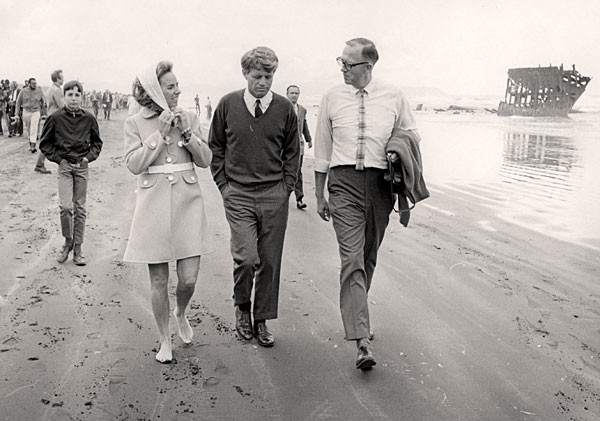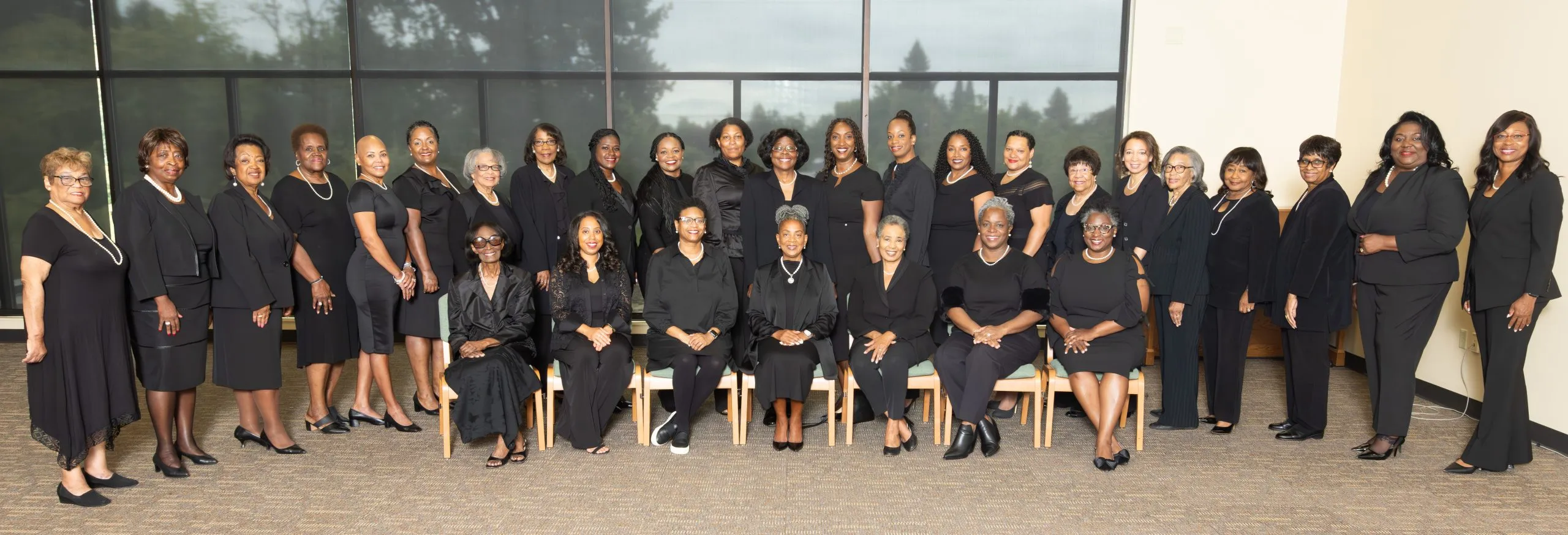Portland, Or. Thanks to visionary leaders who stood their ground 50 years ago, all 363 miles of Oregon’s coastline is open to the public. On July 6th, 1967, Oregonians won a decisive battle with the passage of legislation commonly known as the Beach Bill, which established public access to Oregon’s beaches from the first dune to the sea. The Bill attracted national attention and brought political heavyweights like U.S. Senator Robert Kennedy and his wife, Ethel. The couple walked a section of beach with State Treasurer Bob Straub near Astoria on May 24th, 1968. (Photo courtesy of Western Oregon University Archives, Robert W. Straub Collection) Kennedy was campaigning for the Democratic Party’s presidential nomination. Thirteen days after the visit, Kennedy was assassinated in Los Angeles.
The Oregon State Beach Bill declared all wet sand lying within 16 vertical feet of the low tide line to be the property of the state. Moreover, it recognized public easements of all beach areas up to the line of vegetation. The law required that property owners seek state permits for building and other uses of the ocean shore and it declared that the public would have free and uninterrupted use of the beaches.
Here’s a video about the Beach Bill:

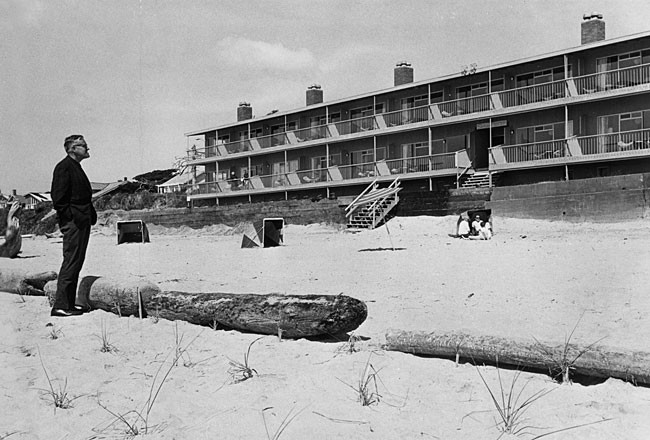
Governor Tom McCall looks at Cannon Beach’s Surfsand Motel in 1967. The owner, Bill Hay, wanted this beach area for the use of motel guests only. The action exposed a loophole in existing state law and sparked a legislative conflict about public access to beaches. The Beach Bill was the product of the debate that pitted proponents of property rights against those favoring more public access protections. (Photo courtesy of Oregon Historical Society)
At the bill signing, Tom McCall honored former Governor Oswald West, author of the 1913 bill declaring all state beaches to be a public highway, thus maintaining public access. He quoted West on protecting the state’s beaches: “No local selfish interest should be permitted, through politics or otherwise, to destroy or even impair this great birthright of our people.”
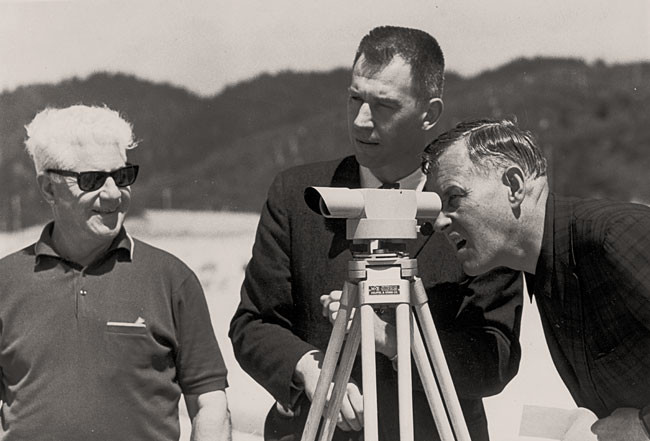
Governor Tom McCall peers through survey equipment on the beach at Rockaway in 1967 as part of his effort to highlight the public access risks if the version of the Beach Bill he favored did not pass. State Representative Sidney Bazett (left) was a key ally in passing the bill. Oregon State University engineer, Robert Schultz (center) helped with the formula to determine the public right of way. (Oregon Historical Society)
After the passage of the Beach Bill in 1967, doubts lingered about whether it would withstand legal challenges related to property rights and other issues. Looking for more solid protections, State Treasurer Bob Straub and the Beaches Forever citizens’ group teamed up to put a measure on the ballot in 1968. The measure authorized a temporary gas tax to buy privately-owned beach land. Advocates mounted a strong grassroots campaign and gathered enough signatures to get Measure 6 on the November ballot.
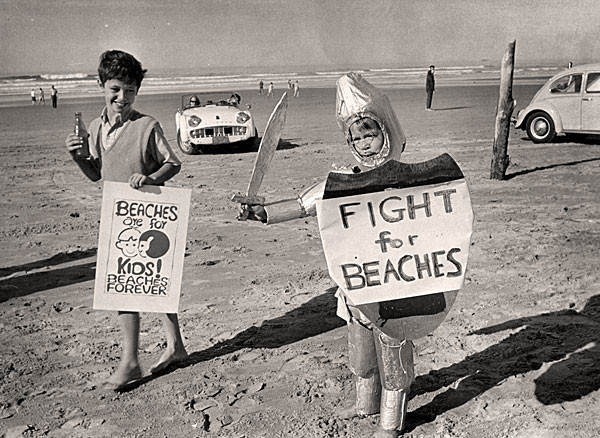
“Mini-Marchers” on the beach at a Cannon Beach to show support for Measure 6 in 1968. The event drew more than 200 supporters. (Oregon Historical Society)
While the law’s legality was still in question because of lawsuits filed by Hay and others, Straub attempted to settle all claims in 1968 by sponsoring Ballot Measure 6, which would have established a penny-a-gallon gas tax to reimburse a public bond fund meant to pay off landowners and purchase new parkland in areas without beach access. An oil-industry-funded campaign warning voters to “beware of tricks in Number 6” turned positive polls upside down, and even Governor McCall’s belated endorsement could not prevent the defeat of the “Beaches Are for Kids” measure.
Nevertheless, as McCall had predicted, the claims of landowners who challenged the law were rejected, and the state’s argument of adverse possession was unanimously upheld by the Oregon Supreme Court in Thornton v. Hay in 1969. Subsequent federal challenges have not eroded Oregonians’ unfettered access to their beaches.


